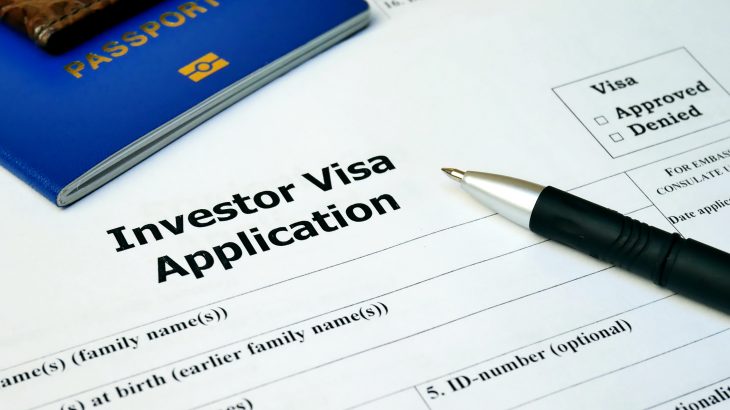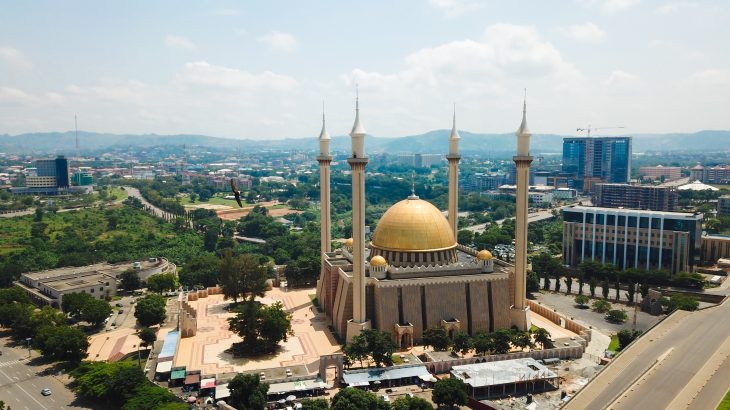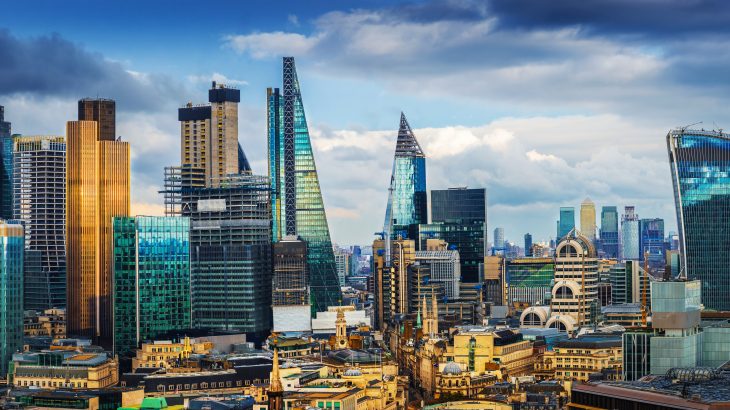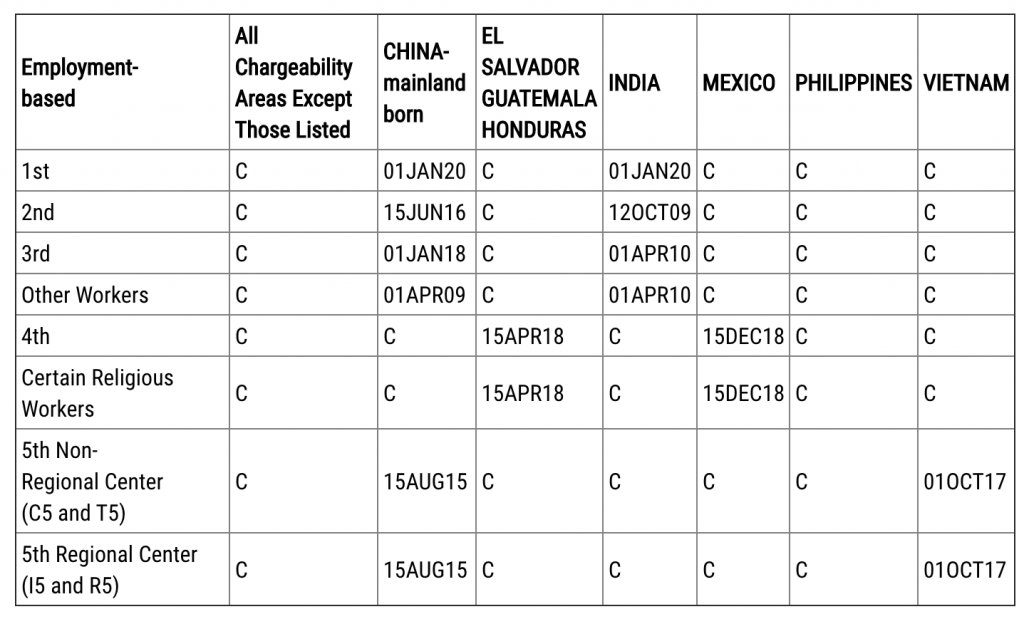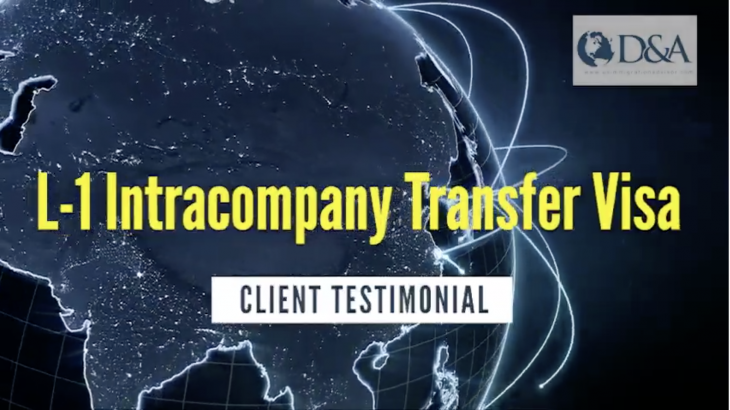The Indian government limits the amount of money a person can take out of the country each year, which can present hurdles to emigration. But a quirk of the system offers an opportunity at the end of the tax year in March.
Since 2015, the Liberalised Remittance Scheme (LRS) introduced by the Royal Bank of India under the Foreign Exchange Management Act (FEMA) limits the amount of money a person can take out of India each financial year to a maximum of $250,000. Whilst this is a vast sum of money for most, these limits can actually be too low for people seeking investment and business immigration.
EB-5 Immigrant Investor Visa from India
Citizenship and residency by investment programs usually require considerably more than $250,000. For example, the United States EB-5 Immigrant Investor Program, requires a minimum investment of $900,000 per family.
Theoretically, it would take four financial years for a single person to remit the necessary funds to pay for EB-5. But in practice, most applicants get friends and families to use their annual remittance allowance to build up the necessary funds in a shorter period of time.
This has implications for documenting the Source of Funds used to pay for EB-5. Each dollar needs to come from legitimate sources and should be adequately accounted for. Any funds being gifted by a relative need to go through the same rigorous scrutiny as your own.
Read more EB-5 Visa for Indians
Split Remittances
Yet some of our Indian clients adopt a different approach. The financial year in India resets on April 1. This means it is possible to transfer $250,000 in March and a further $250,000 a month later in April. That brings the total to $500,000 per person in a short space of time.
Many of our EB-5 clients move with a spouse who would be part of the same investment and application. (A single application and single investment leads to Green Cards for the primary applicant, any spouse and children under the age of 21). So, if both spouses remitted in this way, the applicant family is at $1,000,000 without the need to involve extended family.
The majority of our remaining clients are younger adults, often recent graduates hopeful of staying in the US, but concerned with H-1B or having used up the maximum time allowable on this visa. They often have parental support. Again, using the March/April time period, allows the applicant and a parent to make up the necessary funds.
E-2 Treaty Investor Visa from India
Demand for EB-5 visa from india has become more stable after skyrocketing over the past five years. It is now the turn of the E-2 visa to become the new frontier in Indian immigration to the United States.
The E-2 Visa allows a person to move to the US with their family for the purposes of owning and operating a business. The investment level is usually much lower, and regularly falls well under the annual remittance allowance. Broadly speaking, it should be more than $100,000, but the key is to make sure the investment level would support the needs of the business you are buying or starting.
But here is the rub. Indians are not directly eligible because India does not hold a relevant treaty with the United States. Indian have to first become citizens of an E-2 Treaty country to become eligible. It is not as complicated as it sounds, and we have helped a number of Indian clients move to America in this way.
The E-2 country with the fastest and cheapest route to citizenship is Grenada in the West Indies. It requires an investment in real estate from $220,000 or a donation to the public funds from $150,000. Alone, either the investment or the donation route is below India’s annual remittance cap. But, when combined with your E-2 investment, you quickly surpass the annual limit.
Read more about Grenada Citizenship by Investment
Spouses using both their allowances can aggregate their annual allowance to $500,000 which should be sufficient. But where this is not possible, or where more money is required, the March / April split remittances may prove useful.
With the India to Grenada to E-2 route, there is also more room for manoeuvre with the timings. With EB-5 a client is expected to have all the funds pretty much at once depending on the EB-5 Regional Center you are investing with. But with Grenada and E-2, you can neatly divide the process into two sections and pursue Grenada and then E-2 in different financial years.
But note, the whole India to Grenada to E-2 process is fast. It can take less than nine months in total. So, with this in mind, so the March/April window can still be crucial in certain circumstances.
Living Expenses
So far, we have only talked about remitting the funds needed to secure the immigration status. You need a place to live and money to spend on personal expenses and school fees until you have found work or your business is turning a profit.
All these day-to-day expenses would need to be included in the remittance calculations, enhancing the case for splitting payments around the start and end of the financial year.
Wider World
The United States is not the only destination we serve at Davies & Associates, and it is by no means the only place Indians wish to emigrate. Whether you want to move to the United Kingdom, Canada, Australia, Italy or beyond, you need to consider the limitations posed by the Liberalised Remittance Scheme at the very start of the process.
The window for moving more than $250,000 money in a legally compliant way is now open, but will close again in April. People considering emigrating in the short to medium term may wish to make use of the FY2020-21 remittance allowance to keep their options open over the coming year.
Davies & Associates can help with all of this. Everyone’s circumstances are different. It is best to contact us to discuss your specific situation to work out how your immigration goals can be met in a FEMA-compliant way.
This article is published for clients, friends and other interested visitors for information purposes only. The contents of the article do not constitute legal advice and do not necessarily reflect the opinions of Davies & Associates or any of its attorneys, staff or clients. External links are not an endorsement of the content.


























